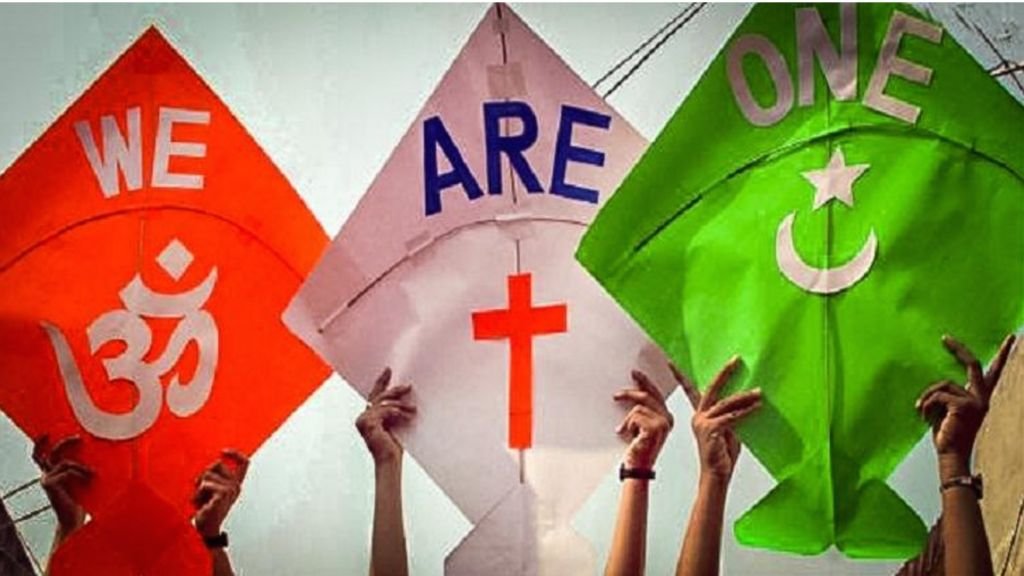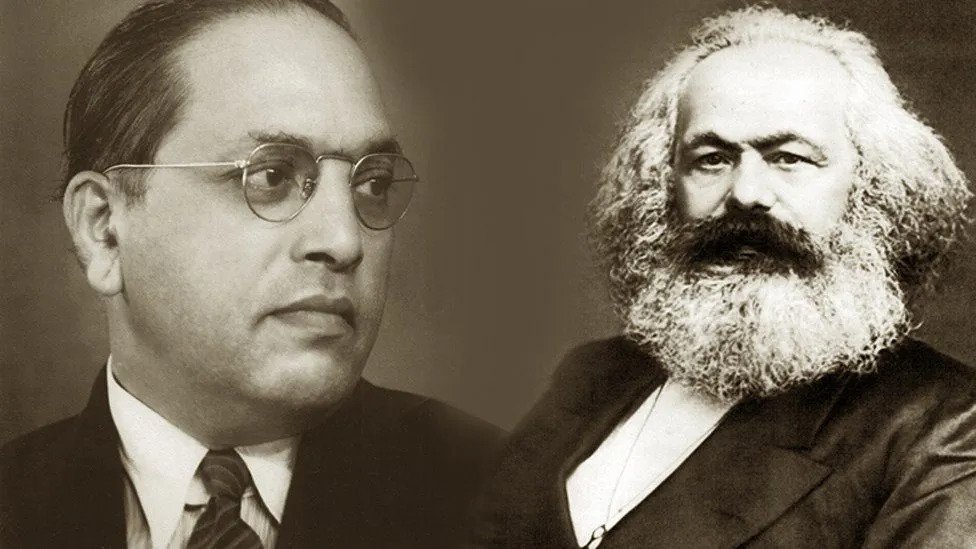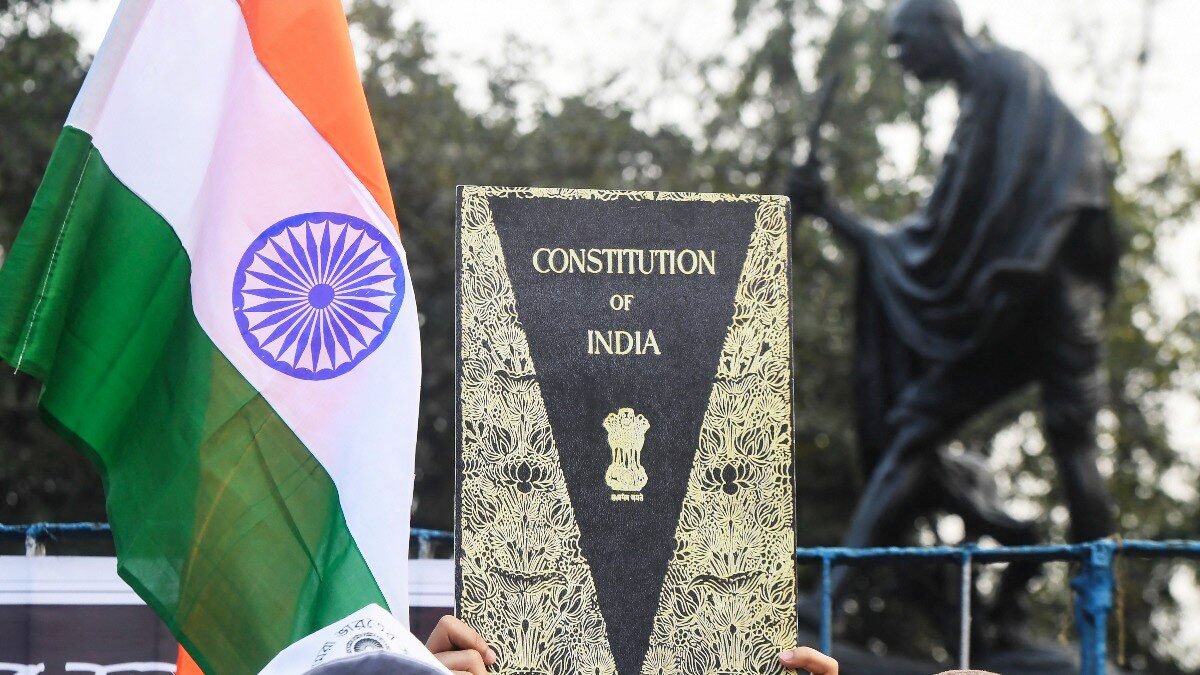By: Dr Satyavan Saurabh
Communalism is based on the assumption that Indian society is divided into religious communities whose interests are not only different but also in conflict with each other. It is an aggressive political ideology linked to religion. However, communalism is about politics, not religion. Although sectarians are intimately involved with religion, there is no necessary relationship between individual faith and sectarianism. One of the distinguishing features of communalism is its claim that religious identity is above all else. There is not only one factor responsible for the persistence of communalism in India. Historically, the British used the divide-and-rule policy to undermine nationalist aspirations by creating a rift between Hindus and Muslims. This resulted in communal tension between the two groups and it is believed that the Hindu-Muslim split took place during the continuation of British rule in India. The partition of India was the result of this policy.
The gap of socio-economic inequality that remained after independence widened and the internal tension and tension between the majority community and the minority community for the socio-economic necessity of life also gives rise to communal hatred. Widespread poverty and unemployment create a sense of hopelessness among the people. The unemployed youth of both communities can be easily trapped by the religious fundamentalists and used by them for communal riots. Fundamentalism and communalism have some ideological elements in common. Both attack the concept of separation of religion from politics and the state. Both are opposed to the concept of common truth in all religions. It is against the concept of religious harmony and tolerance. The criminalization of politics has made electoral politics in India more costly and competitive. Political parties are not hesitating to use any means, fair or foul, to win elections. They even create communal tension and try to take political advantage of it. Therefore, the communication of politics as a process is supporting the growth of communalism in India.
The role of media in spreading communal ideologies, behaviour, and reactions of different communities has been very powerful. In almost every major communal riot, media-backed rumours play a role. For example, The Muzaffarnagar riots of 2013 are a prime example of how social media can play an active role during communal tension. External factors including non-state actors have a hand in making the problem of communalism worse. They aim to create an atmosphere of instability and gain the sympathy of the minority community. To overcome the problem of communalism, there is an important need for value-based education in the country today. Emphasis should be on imparting values like compassion, secularism, peace, non-violence, and humanism through education and inculcating scientific temper in society. Reforms in the criminal justice system are the need of the hour; the criminal justice system has often been criticized, especially as it stems from communal violence. Measures should be taken to reform police procedures and practices and special investigation and prosecution agencies should be set up to deliver timely justice.
Removing ideological bias is beneficial at such times and news channels play a huge role in influencing the thoughts and mindset of people, so when they are biased towards one community or religion, it affects the people watching those news channels. Prejudices can develop in the approach therefore; the media should focus on presenting a balanced view to the audience. Steps should be taken to understand different cultures by arranging festivals, celebrations, and social gatherings to facilitate social and cultural amalgamation. Stopping ghettos and geographical segregation based on religion, promoting inter-religious marriages, etc. should be taken. In creating communal awareness in civil society, NGOs can tie up with the government to create communal awareness, build strong community relations and inculcate the values of communal harmony. By telecasting the heritage of the past, efforts should be made to remind the countrymen of those glorious moments of history in which Hindus, Muslims, and Sikhs were together to protect the interests of the nation. Also, people should be made aware of how India’s diversity has served as a source of unity for the country.
The principle of the Uniform Civil Code is laid down in Article 44 of the Constitution. Without the UCC, it is observed that each community has separate and conflicting interests. Implementing this can help reduce religious differences. Communalism was and is still one of the major challenges to democracy in our country. Communalism can take various forms such as majoritarian dominance, religious prejudice and conservatism, and political mobilization along religious lines. Communal thinking often leads to the pursuit of political dominance of one’s religious community. Our constitution makers were aware of this challenge and therefore chose the secular state model. Apart from this, there is a need to counter communal prejudices and propaganda in everyday life and to counter religion-based mobilization in the field of politics. (The author is a poet, freelance journalist and columnist)







